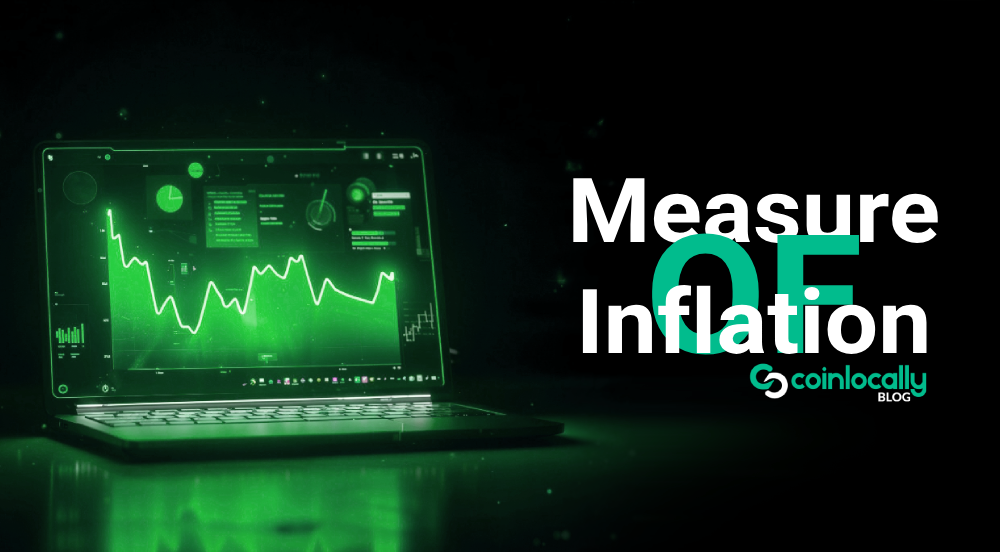Inflation is a critical indicator that shapes economic policy and influences investment decisions. Understanding how prices change over time is crucial for governments, central banks, businesses, and households. One of the most reliable tools for measuring inflation in the United States is the PCE deflator, short for the Personal Consumption Expenditures Price Index.
Although not as widely discussed as the Consumer Price Index (CPI), this deflator plays a central role in shaping monetary policy. It is closely watched by economists and the Federal Reserve. This article explores the PCE deflator, how it’s calculated, compares to other inflation metrics, and why it matters.
Table of Contents
What Is the PCE Deflator?
The PCE deflator is a statistical tool used to track changes in the price of goods and services consumed by households. It reflects how much consumers spend on average for personal consumption over time. In simpler terms, it tells us whether goods and services are becoming more expensive or more affordable.
Unlike other inflation measures, the PCE deflator includes all domestic consumption, whether the products are purchased directly by households, businesses on their behalf (such as employer-paid health insurance), or government programs (like Medicare or Medicaid). This comprehensive scope allows this tool to view inflation trends more broadly.
How the PCE Deflator Is Calculated
The PCE deflator is calculated by comparing the total cost of a basket of goods and services in a current period to the cost of the same basket in a designated base year. This ratio is then multiplied by 100 to produce an index value. An index of 100 means prices are the same as the base year. An index of 105, for example, suggests that prices have increased by 5 percent.
The PCE deflator uses a chain-weighted index methodology to provide a more accurate picture of consumer spending behavior. This approach takes into account changes in consumer behavior over time. Consumers might switch to a cheaper alternative if prices rise for one product. The PCE deflator adjusts for these substitutions, making it more adaptive and realistic than fixed-basket indexes.

What Is the Core PCE Deflator?
While the headline PCE deflator includes all goods and services, the core PCE deflator excludes two highly volatile categories: food and energy. These sectors are prone to sudden price swings due to unpredictable weather disasters or geopolitical tensions, which can temporarily distort inflation readings.
By excluding these volatile components, the core PCE deflator offers a more stable measure of underlying inflation trends. It helps policymakers focus on long-term inflationary pressures rather than short-term noise. The Federal Reserve considers the core PCE deflator especially important, as it aligns closely with its inflation targeting framework.
PCE Deflator vs CPI: What’s the Difference?
The PCE deflator and the Consumer Price Index measure inflation but differ in methodology and scope.
First, the PCE deflator covers a broader range of expenditures. It includes spending on behalf of households, such as employer-provided healthcare, while the CPI only reflects out-of-pocket expenses.
Second, this tool uses a chain-type weighting system, which adjusts for changes in consumer spending patterns. The CPI, by contrast, relies on a fixed basket of goods and services, which may not fully capture evolving consumer choices.
Third, the PCE deflator is compiled from business data, while the CPI is based on household surveys. This leads to slight differences in data accuracy and coverage.
While both indexes are valuable, economists generally consider the PCE deflator more comprehensive. The Federal Reserve uses it as its primary gauge for assessing inflation and deciding interest rates and other monetary tools.
Why the PCE Deflator Matters
This deflator is more than just a number on a chart. It plays a crucial role in the U.S. economy. Policymakers use it to determine whether inflation is within acceptable bounds or if corrective action is needed. A low PCE deflator reading may suggest a risk of deflation, prompting stimulus measures. A high reading, on the other hand, may indicate overheating in the economy and lead to higher interest rates.
Investors and market analysts also rely on this tool to understand macroeconomic trends. Inflation affects everything from bond yields and stock prices to real estate and consumer behavior. Financial professionals can make informed decisions about portfolio adjustments and risk management by tracking the PCE deflator.
Understanding this metric benefits consumers, too. This deflator affects everything from wage negotiations to purchasing power. If inflation rises faster than incomes, households may feel the pinch even if nominal salaries increase.
Recent Trends
The PCE deflator has become particularly important in recent years due to the global economic shifts following the COVID-19 pandemic and resulting supply chain disruptions. Price levels surged in many sectors, prompting central banks worldwide to adjust their monetary policies.
As of early 2025, this tool shows signs of stabilization. Headline inflation has moderated from its peak, with year-over-year increases returning closer to the Federal Reserve’s target of around two percent. The core PCE deflator also reflects a gradual cooling of inflation, signaling that the economy may enter a more balanced phase.
These developments shape expectations for future interest rate movements and have implications for everything from mortgage rates to consumer credit.
Forward-Looking Tool
What sets the PCE deflator apart from other measures is its forward-looking nature. By adjusting for changes in consumer behavior and capturing a wide range of spending, this measure provides a clearer perspective on what inflation will be in the future, rather than just reflecting its past trends.
This predictive quality makes it a trusted tool for central banks, economists, and financial institutions. It offers insights into current price dynamics and potential future pressures that could impact the broader economy.
Conclusion
Although the PCE deflator may not receive as much media attention as the CPI, it is arguably a more powerful tool for measuring and managing inflation. Its comprehensive coverage, chain-weighted methodology, and adaptability make it a cornerstone of economic analysis in the United States.
Attention to this tool is essential for anyone looking to understand inflation trends, predict monetary policy changes, or make informed financial decisions. As inflation continues influencing every corner of the economy—from grocery store prices to interest rates—this versatile index remains a critical benchmark for stability, planning, and growth.


